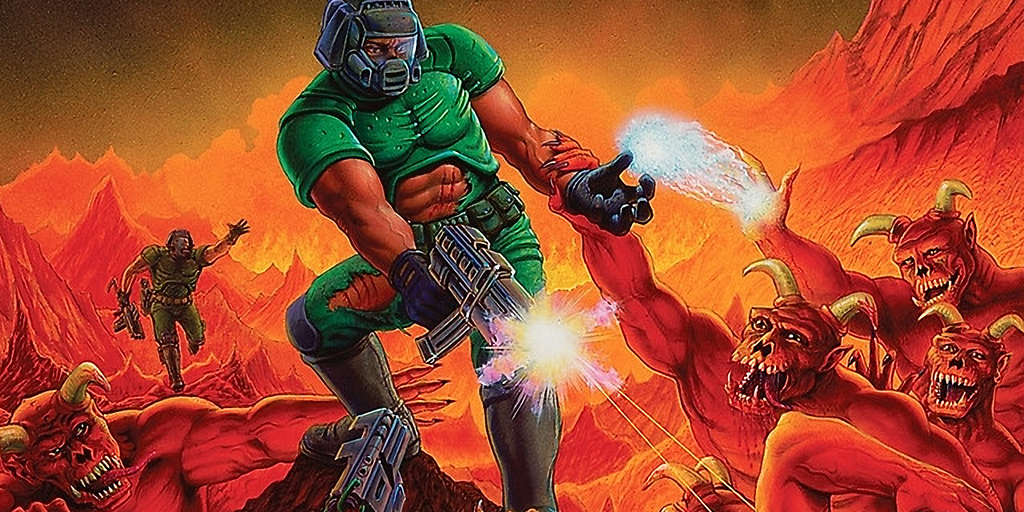25
Claude can play Pokemon, but can it play Doom?
With a simple agent we let VLMs play and Sonnet 3.7 found it to get it furthest, finding the blue room!
Our Videogamebench (twenty games from the 90s) and agent are open source, so you can now try it yourself -> 🧵 pic.twitter.com/vl9nnzpbhy
– Alex Zhang (@a1zhang) April 17, 2025
GG Newsletter
Receive the latest web3 gaming news, hear directly from gaming studios and influencers who treat and receive the space-ups from our partners.



